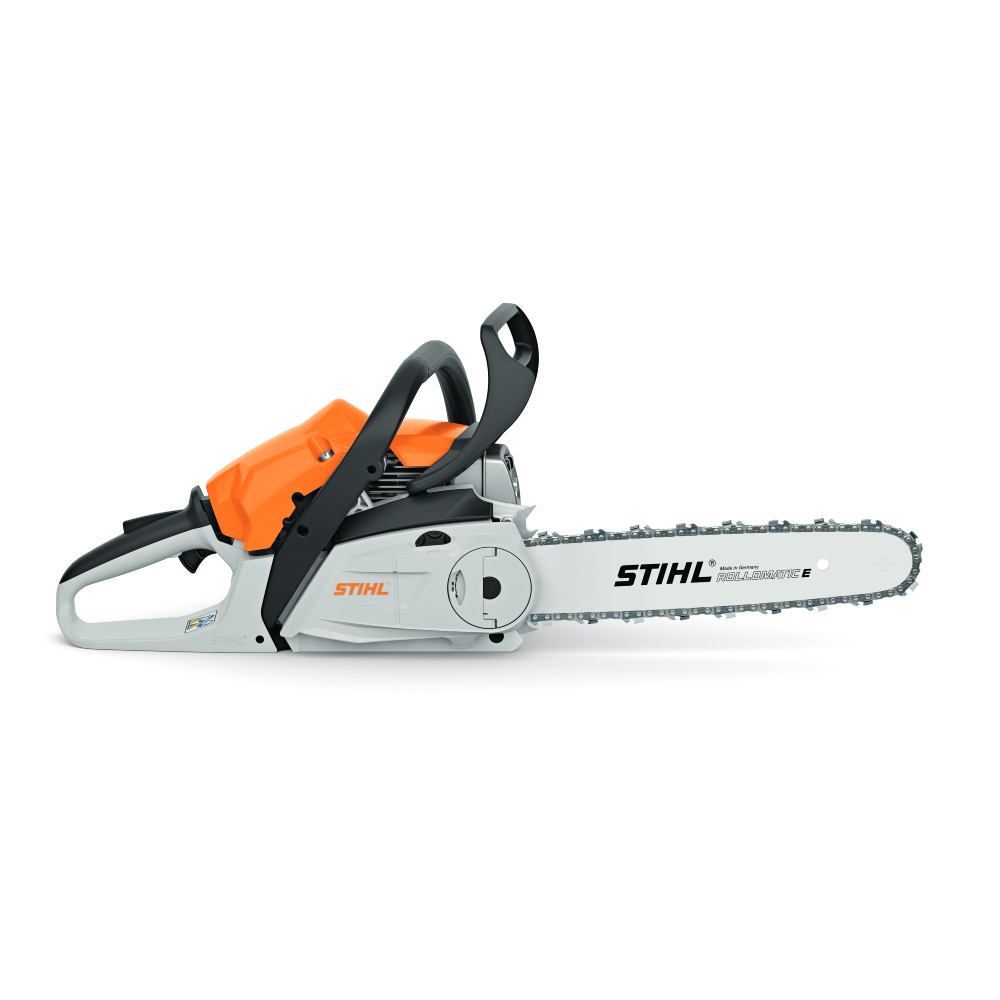
Smooth Operators: Choosing the Ultimate Lubricant for Saw Blades
Saw blades are essential tools in various industries, from woodworking to metal fabrication, but they require proper lubrication to ensure smooth operation, minimize friction, and prolong lifespan. With numerous lubricant options available, selecting the best one for your saw blades can be challenging. In this comprehensive guide, we'll delve into the factors to consider when choosing the optimal lubricant and highlight some top contenders to keep your saw blades in peak condition.
1. Consider the Blade Material:
- Metal Blades: For saw blades designed for cutting metal, such as carbide-tipped or high-speed steel blades, choose lubricants specifically formulated for metalworking applications. These lubricants often contain additives to withstand high temperatures and provide excellent lubricity on metal surfaces.
- Wood Blades: Saw blades used for cutting wood may benefit from lubricants with different properties, such as those that reduce resin buildup and minimize pitch accumulation. Look for wood-specific lubricants that offer anti-stick properties to keep blades clean and prevent material buildup during cutting.
2. Evaluate Lubrication Methods:
- Spray Lubricants: Aerosol spray lubricants are convenient for applying to saw blades, offering quick and even coverage. They penetrate tight spaces and provide immediate lubrication, making them suitable for routine maintenance and on-the-go lubrication tasks.
- Brush-On Lubricants: Brush-on lubricants allow for more precise application, particularly in areas where targeted lubrication is required. They offer greater control over the amount of lubricant applied and can be advantageous for intricate cutting tasks or specific blade maintenance needs.
3. Consider Environmental Factors:
- Temperature Resistance: Choose a lubricant that can withstand the operating temperatures encountered during cutting operations. For high-temperature environments, select lubricants with superior heat resistance to prevent thermal breakdown and ensure consistent performance.
- Environmental Impact: Consider the environmental impact of the lubricant, especially in eco-conscious workplaces or outdoor cutting environments. Opt for biodegradable or environmentally friendly lubricants that minimize pollution and ecological harm.
4. Performance and Longevity:
- Lubrication Duration: Look for lubricants that provide long-lasting protection and lubrication to minimize the frequency of reapplication. High-quality lubricants should maintain their effectiveness over extended periods, reducing downtime and maintenance requirements.
- Residual Buildup: Choose lubricants that leave minimal residue or buildup on saw blades to prevent contamination and maintain cutting precision. Residue-free lubricants contribute to cleaner cuts and prolong blade lifespan by reducing friction and heat generation.
5. Top Contenders:
- WD-40 Specialist Industrial-Strength Lubricant: Known for its versatility and effectiveness, WD-40 Specialist Industrial-Strength Lubricant provides superior lubrication and corrosion protection for saw blades in various applications.
- CRC Power Lube Industrial High-Performance Lubricant: CRC Power Lube Industrial High-Performance Lubricant offers excellent temperature resistance and long-lasting lubrication, making it ideal for demanding cutting tasks in industrial settings.
Conclusion:
In conclusion, selecting the best lubricant for saw blades involves considering factors such as blade material, lubrication methods, environmental conditions, performance, and longevity. By assessing these factors and exploring top contenders like WD-40 Specialist Industrial-Strength Lubricant and CRC Power Lube Industrial High-Performance Lubricant, you can ensure smooth operation, minimize friction, and prolong the lifespan of your saw blades, ultimately enhancing cutting efficiency and quality.